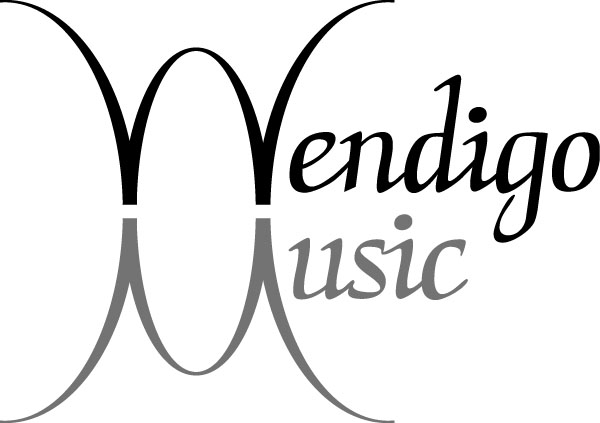Civil War:
“Shatin’s Civil War Memories: Inside Out was one of the more compelling works. The audio electronically manipulates a short spoken text telling of the looted bodies of Civil War casualties and eerily morphs Matthew Brady photos of Civil War dead into American dead in Iraq” – Miami Herald
Cherry Blossom and a Wrapped Thing: After Hokusai:
“Shatin creates gossamer, translucent textures that envelope the clarinet without obscuring the almost Messiaen long lines” – The Society of Electro-Acoustic Music
“…a new virtual landscape, completely natural and alive with a quiet serenity…” – The Clarinet
“The quietude and spaciousness of Judith Shatin’s Cherry Blossom and a Wrapped Thing are wonderful things. Cherry Blossom has rich and sumptuous electronics that envelope the clarinet in a blissful and dreamy sonic fabric.” – Sequenza 21
Elijah’s Chariot:
“A splendid Elijah’s Chariot.” – Il Gazzettino
“….More interesting was Elijah’s Chariot by Judith Shatin, which used the taped sound of the shofar (the rams’ horn used by Jews during a High Holidays service) to generate a dense and affecting musical dialogue. Using the shofar’s proud, vaulting dissonance as material, Shatin draws the quartet into ever tighter thickets of sound, which climax and then dissipate as Elijah is transported to heaven….” – The San Francisco Chronicle
“The Shatin work…is a single long movement based on the sound of a shofar, a ram’s horn blown in the Jewish liturgy. That ancient sound is ingeniously manipulated electronically and serves as the point of departure for exploratory sonorities in the string quartet. In addition, the traditional Hebrew melody “Eliahu HaNvai” is introduced, developed and repeated in simple and elaborate variations at the end, played and hummed by the Cassatt Quartet. The work is inspired by the story of the biblical prophet Elijah and reflects his religious intensity. Shatin reveals her mastery of the union of the electronic medium and live performance in projecting a visionary experience.” – Charlottesville Weekly
“The instrumental pinnacle was Judith Shatin’s Elijah’s Chariot, a symphonic poem for string quartet, with the four instruments representing the wheels of the prophet’s fiery conveyance to Heaven.” – Pittsburgh Post-Gazette
Grito Del Corazon:
Judith Shatin’s Grito del Corazón combined washes of harmony in tape and saxophone …with a video whose shifting shapes moved with convincing (and often disturbing) physicality. The music and video grew together over the course of the work – the sax into melodies, and the video into human and animal forms dimly emerging. Both music and video evoked the terror and intensity of Goya’s Black Paintings compellingly. – Journal SEAMUS
Kairos:
“…high-tech wizardry of Judith Shatin’s Kairos…” The Washington Post
“The relationship of the flute and its player’s singing voice to the electronic medium is unique to this work. Several extended techniques are used by the live performer, but even more exotic transformations are achieved by the manipulation of all the sound material by a computer via MIDI and by a voice processor, Quadraverb. This sets the music off on a Ulysses-like journey containing all the challenges and dream-sequences a true adventure should have.” – Pan (The Journal of the British Flute Society)
“Kairos, for flute, computer and effects processing (1991), at 15:50 differs from Musgrave’s Narcissus by eight seconds. I would love to draw further parallels but cannot. Shatin’s electronic effects conspire by and large in the creation of a preternatural space for the flute’s sentimental journey. We again at moments hear Spencer’s voice, albeit much processed. (The notes go into good technical detail.) ‘Kairos’ is a Greek word signifying the most propitious moment for a new undertaking, as in Ulysses setting out on his journey. [This] suggested [to me] a compositional journey on several levels: an adventure into a new medium, a shaping of the musical sojourn, and a particular relationship between the flute and the electronic aether. Much of this program makes difficult demands, and I hear no tentativity, reach, or strain; a strong sense, rather, of Patricia Spencer’s skillful empathy. If it’s a rapturous mood you’re after. this well produced Neuma provides it in high-quality abundance.” – American Record Guide
Sea of Reeds:
“…Shatin’s Sea of Reeds was one of the most engaging works heard during the festival. The electronics were deftly managed…” – Classical Voice, Full Article
Singing The Blue Ridge:
“Taped sounds of animals, birds and insects are integrated with the orchestra in a successful symbiosis. The vocal parts, one movement each for the two singers and two movements for both together, were highly expressive and beautifully sung. Colorful, atmospheric and intense, the performance relied on the intrinsic musicality of its ingredients, including traditional tonality and masterful orchestration.” – C’ville Weekly
